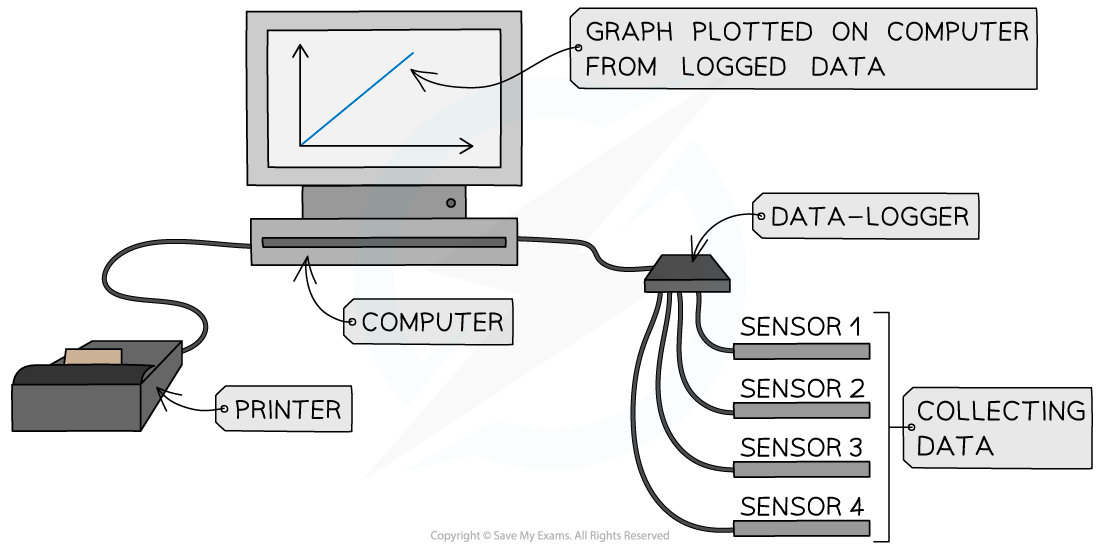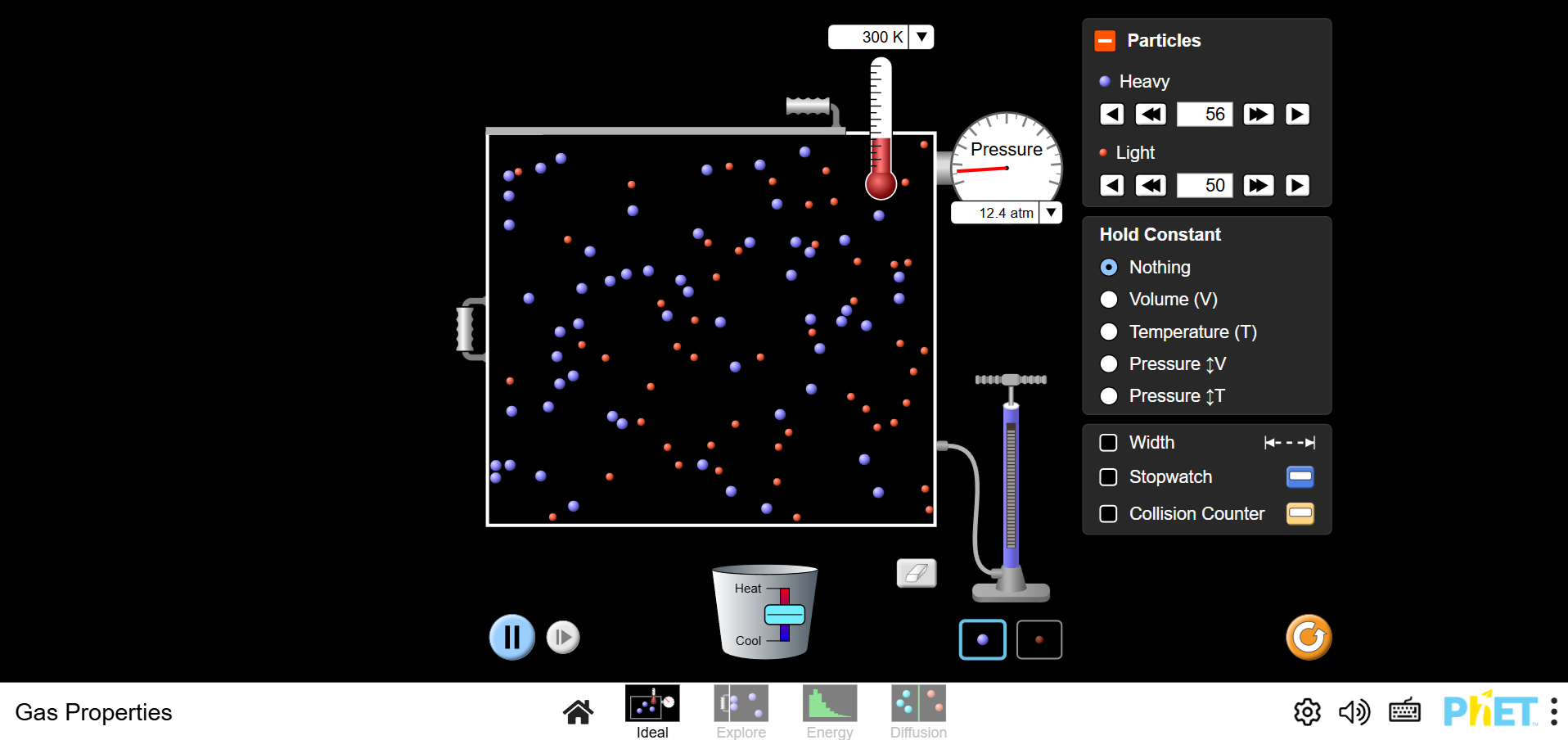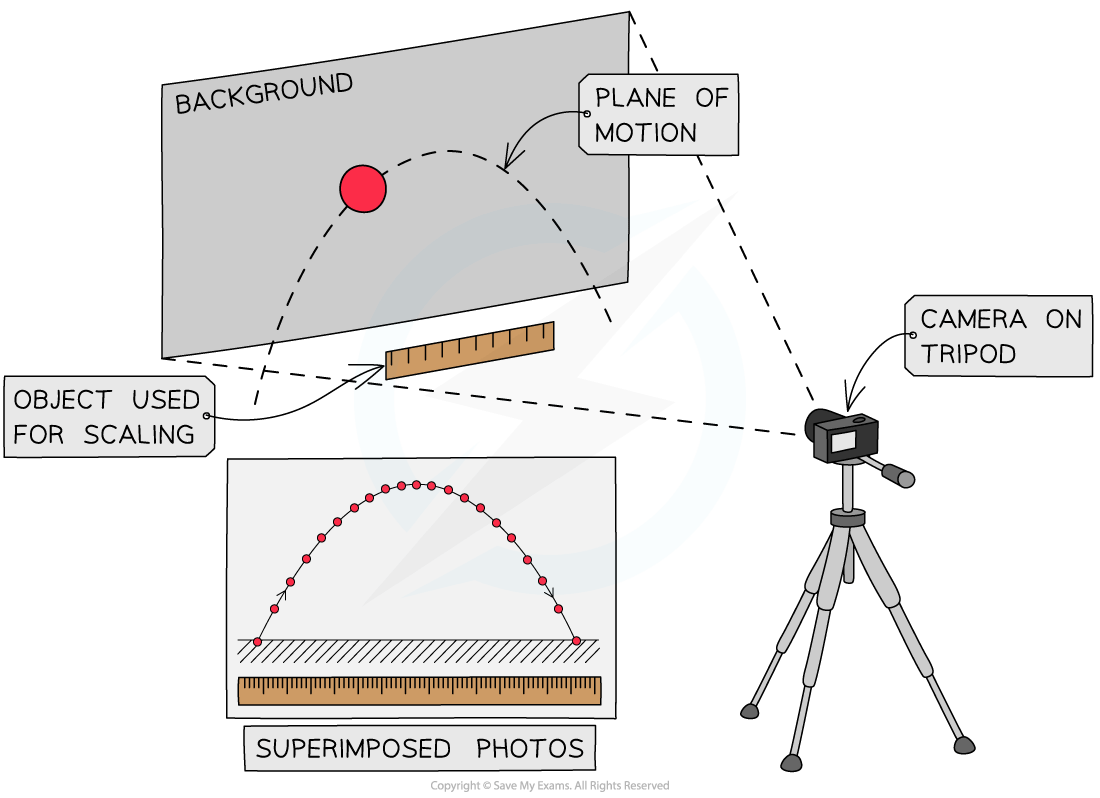Applying Technology to Collect Data in Physics (DP IB Physics): Revision Note
Applying technology to collect data in physics
Modern physics relies heavily on technology to collect, process, and analyse data
This allows scientists to spot patterns (trends) and make predictions using large amounts of data
These large data sets can come from experiments or from tools like sensors, existing databases, or computer models and simulations
Collecting data using data loggers and sensors
Sensors
Sensors detect changes in physical quantities (such as force, temperature, voltage, or light intensity) and convert them into electrical signals
Examples of sensors in physics include:
Light gates
Measures time intervals very precisely
e.g. using two light gates to determine the speed of a trolley or a falling object
Motion sensors
Used to detect the position or velocity of moving objects
Force sensors
Measures the magnitude of forces acting over short time intervals
Temperature probes
Used to measure the temperature of a substance
e.g. monitoring the rate of heating or cooling in thermal experiments
Pressure sensors
Used to measure the pressure of gases or liquids
Digital ammeters, voltmeters and multimeters
Records electrical quantities in circuits, e.g. potential difference, current, and resistance
Use of a data logger and sensor

Data loggers
The electrical signal from a sensor can be converted into a digital signal by a data logger or directly to a computer to be stored and analysed
Data loggers quickly and accurately record measurements
Results can often be shown in real time on a screen
The data can then be
stored digitally on a computer
processed to work out averages and generate graphs
analysed to calculate gradients or uncertainties
The advantages of using sensors and data loggers include:
Allows for more precise results than manual timing or measurement
Reduces human error (e.g. reaction times, subjectivity)
Data can be collected over very short or very long periods of time e.g. hourly readings of temperature over several days
A large amount of data can be collected
Data can be stored and analysed digitally
Increased safety in experiments with potential risks, such as measuring the temperature of boiling water
Data logging in physics

Identifying and extracting data from databases
A database is a structured collection of data, so it can be searched, sorted, filtered and analysed quickly
Data in a database can be any type of data, including text, images, videos, and audio
Databases that you may come across during your studies include:
Material properties such as density, resistivity, or specific heat capacity
Astronomical databases containing information about stars, galaxies, and exoplanets
Particle physics data collected from large experiments such as CERN
Generating data from models and simulations
A model is a simplified version of reality
Models in physics are often used to represent and explain various phenomena, structures, and interactions at the atomic and molecular level
The model can then be analysed or tested to learn more about how the system works and to predict how the system might respond to change
Simulations are a valuable tool used by physicists to explore scenarios that may not be feasible or safe to investigate in a physical laboratory
The accuracy and reliability of the simulation depend on the quality of the models and assumptions used to create them
Simulations allow you to alter variables in a particular scenario and allow you to see the effect of these changes, for example:
Simulations of gas particles allow you to explore how gases behave
The simulation uses models of gas laws to predict how the system will respond to changes in temperature, pressure and volume, which are controlled by the user
Data can be collected from these predictions of behaviour
The PhET simulations website

Photo credit: PhET (opens in a new tab)
Carrying out image analysis and video analysis of motion
Motion can be studied using a suitable video camera or a smartphone
Objects are filmed in front of a measurement grid or ruler
The video can be played frame-by-frame or analysed with software that tracks positions
From the recorded positions and time intervals, velocity and acceleration can be calculated
This method is especially useful for studying fast-moving objects or complex motion where direct measurement is difficult
For example, freefall, projectile motion, collisions, oscillations
The same can also be achieved by taking photos in quick succession of objects in motion
For image or video analysis, the following must be known
The frames per second - used to determine the time taken
The scale of the frame - used to determine the distance, usually by placing a ruler in the shot with the object
Using video techniques to investigate motion


Unlock more, it's free!
Did this page help you?